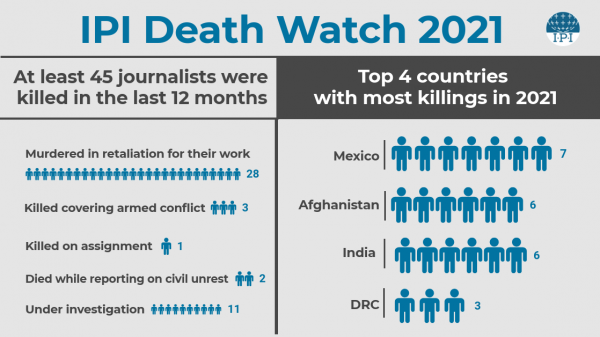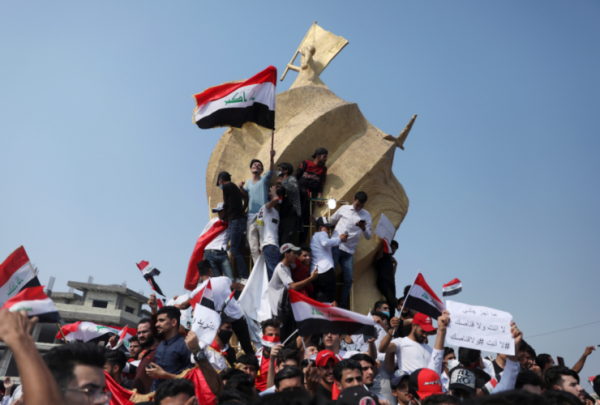On 4 March, journalist Giuliana Sgrena was wounded in the shoulder when US-led coalition forces fired on her. Nicola Calipari, an Italian secret service agent who was travelling in the same car as Sgrena, was killed in the incident.
The shooting apparently occurred close to a military checkpoint in Baghdad and came shortly after kidnappers had released the Italian journalist. Sgrena, a journalist with the Rome-based daily Il Manifesto, was abducted near Baghdad University on 4 February.
A U.S. military statement concerning the incident said soldiers opened fire because the vehicle approached them “at a high rate of speed.” Sgrena, however, disputed these claims saying the car was not speeding and there was no apparent checkpoint. Instead, it seemed to her that a patrol fired on the car after having shone a floodlight.
Commenting on the incident, IPI Director, Johann P. Fritz, said, “The injury of Sgrena and death of Calipari along Baghdad’s airport road highlight the real need for proper communication within the U.S.-led coalition forces about the whereabouts of journalists.”
“It is highly unlikely that the U.S.-led coalition forces were not aware that Sgrena had been freed and was travelling in a certain car and following a certain route. And yet, as with previous cases where journalists have been wounded and killed, there seems to have been no attempt to communicate this to soldiers on actual operations in Iraq.”
On the question of the actual shooting, Fritz said, “There is also a real need to review rules of engagement that appear no different from those first used during the Iraq war and which seem to recklessly endanger the lives of innocent civilians.”
“When examining some of the cases where journalists have died, including Taras Protsyuk, José Cuoso, Mazen Dana and Mazen Tomeizi, perhaps the most worrying aspect is that such incidents occur with alarming regularity.”
“With this in mind, I would call on the U.S.-led coalition forces to hold an independent and transparent investigation and to thoroughly examine the way they communicate with the media to ensure there is no repetition of the incident,” added Fritz.


